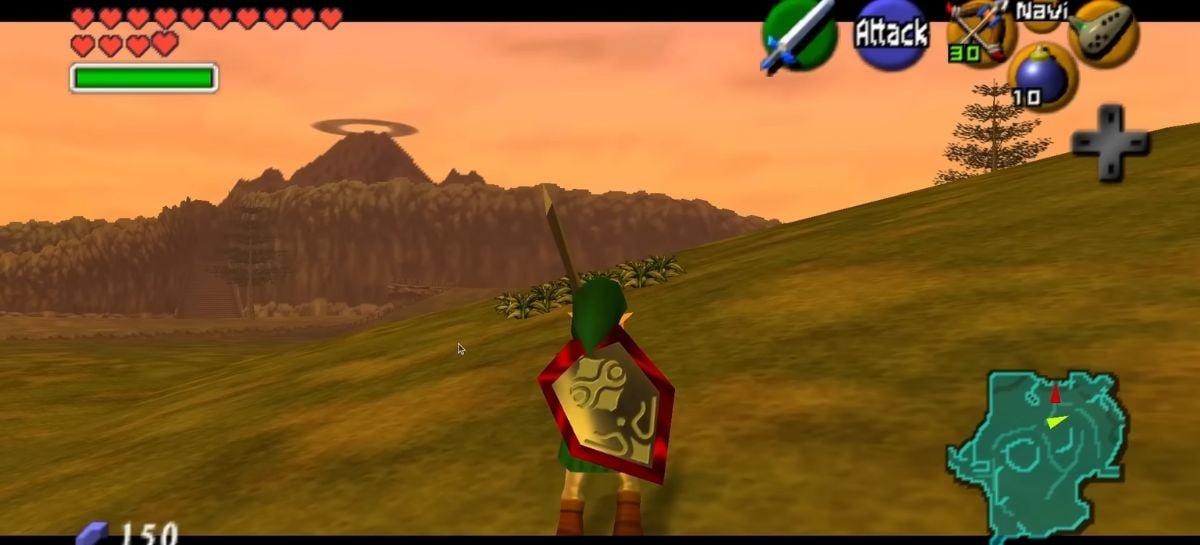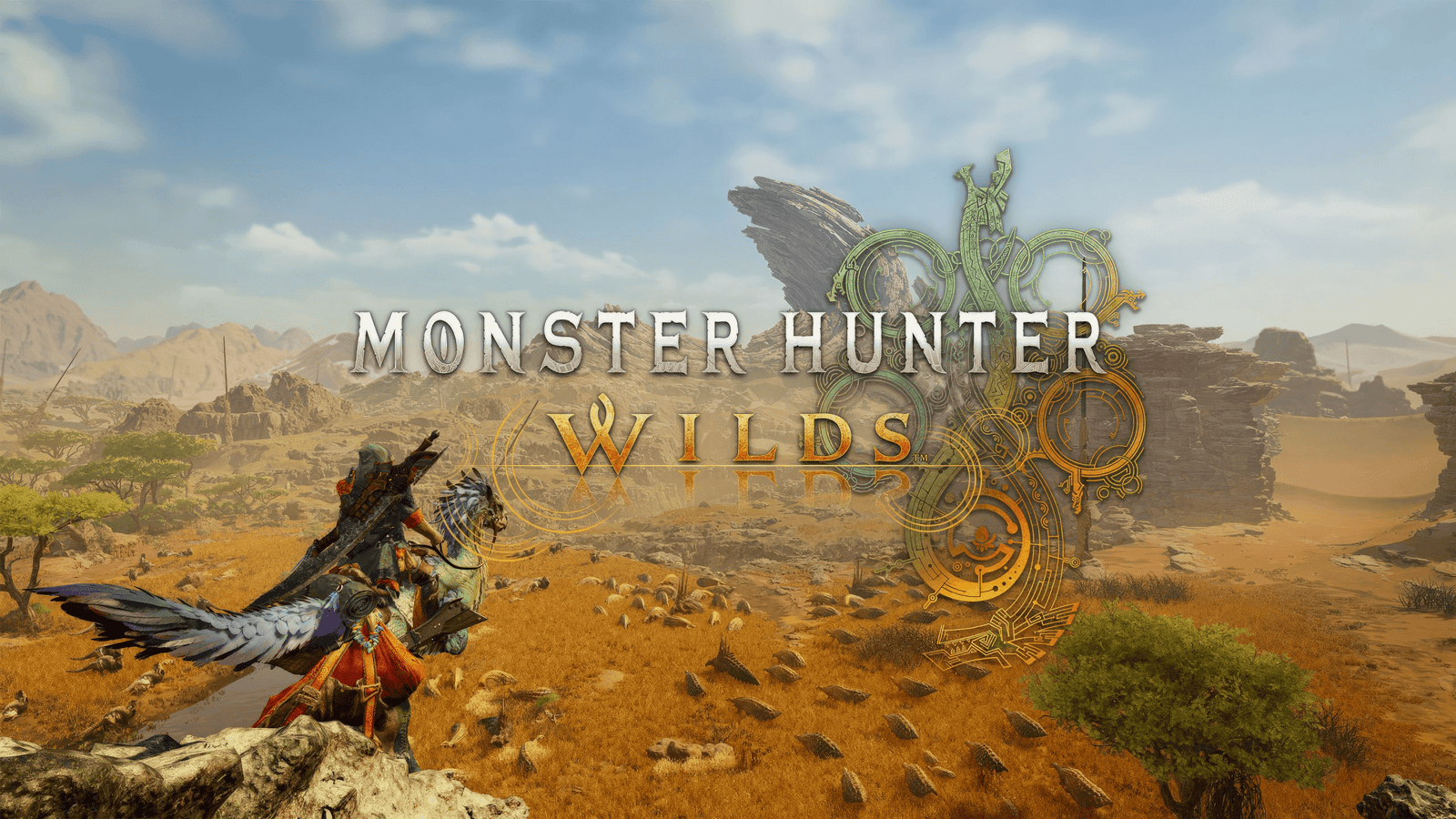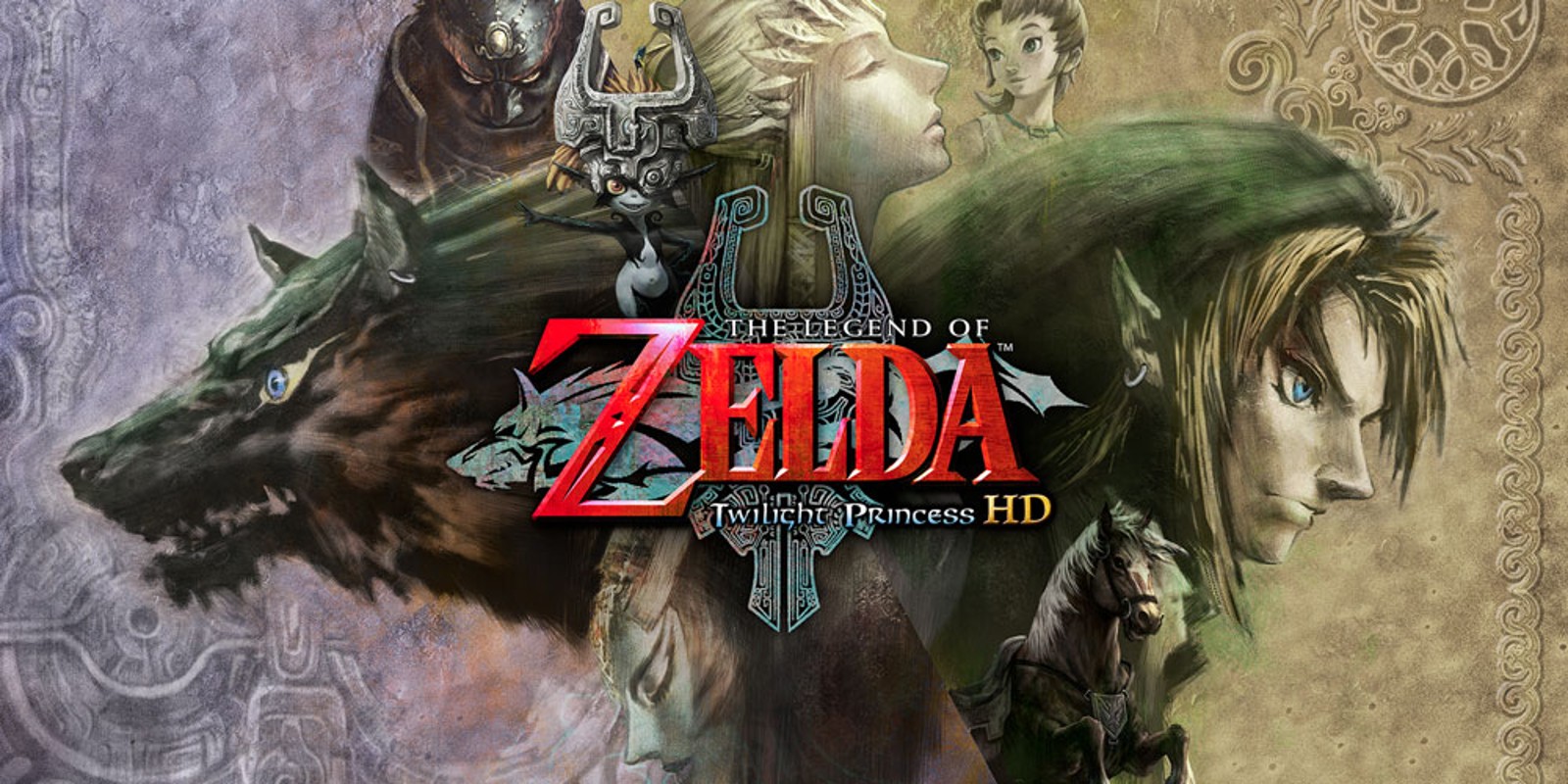The Legend of Zelda: Ocarina of Time
Exploring the Masterpiece: The Legend of Zelda: Ocarina of Time
The Legend of Zelda franchise is one of the most iconic and enduring series in the history of video games. Since its inception in 1986, the adventures of Link, the hero of Hyrule, have captured the hearts of gamers around the world. Among the many titles in the series, one stands out as a true masterpiece: The Legend of Zelda: Ocarina of Time. Released in 1998 for the Nintendo 64, Ocarina of Time revolutionized the action-adventure genre and set a new standard for interactive storytelling in video games.
Introduction
The cultural impact of The Legend of Zelda franchise cannot be overstated. With its blend of action, exploration, and puzzle-solving, the series has inspired generations of gamers and game developers alike. Ocarina of Time, in particular, is often hailed as one of the greatest games of all time, thanks to its innovative gameplay, memorable characters, and epic storyline.

History of Ocarina of Time
Development Process and Timeline
The development of Ocarina of Time was a massive undertaking that spanned several years. Led by legendary game designer Shigeru Miyamoto and his team at Nintendo EAD, the goal was to create a 3D Zelda game that would push the limits of the Nintendo 64 hardware. From early concept art to final polish, the development process was a labor of love that resulted in a truly groundbreaking game.
Initial Release and Critical Reception
When Ocarina of Time was finally released in November 1998, it was met with universal acclaim from critics and players alike. The game’s seamless blend of action, exploration, and puzzle-solving was praised, as was its innovative Z-targeting system, which revolutionized combat in 3D games. Ocarina of Time quickly became a commercial success and went on to win numerous Game of the Year awards.
Legacy and Influence on Future Game Development
Ocarina of Time’s impact on the gaming industry cannot be overstated. Its success helped solidify Nintendo’s position as a leader in game development and paved the way for future 3D action-adventure titles. The game’s various mechanics and innovations, such as context-sensitive buttons and dynamic music cues, have been widely imitated and influenced countless other games in the years since its release.
Gameplay Mechanics
One of the key aspects of Ocarina of Time that set it apart from other games of its time was its innovative gameplay mechanics.
Exploration and World-Building
The vast, interconnected world of Hyrule was a wonder to explore, filled with secrets, hidden passages, and memorable landmarks. Players could traverse forests, mountains, and deserts, encountering a diverse array of creatures and characters along the way. The sense of discovery and adventure in Ocarina of Time set a new standard for open-world game design.
Puzzles and Dungeons
The game’s intricate dungeons were a highlight for many players, featuring complex puzzles, challenging enemies, and epic boss battles. Each dungeon had its own theme and unique mechanics, requiring players to use their wits and skills to progress. From the Forest Temple to the Water Temple, Ocarina of Time’s dungeons remain some of the most memorable in gaming history.
Combat System and Boss Battles
Ocarina of Time introduced a revolutionary combat system that allowed players to lock onto enemies and perform precise attacks. The game’s bosses were epic encounters that tested players’ reflexes and strategic thinking. From the imposing Dodongo to the enigmatic Phantom Ganon, each boss battle was a thrilling test of skill and courage.
Ocarina Music Mechanic
One of the most innovative features of Ocarina of Time was the Ocarina music mechanic, which allowed players to use a magical ocarina to play songs with various effects. From warping to different locations to changing the time of day, the Ocarina added a unique layer of gameplay and immersion to the overall experience.
Storyline and Characters
Protagonist Link and His Quest
As the heroic protagonist of Ocarina of Time, Link embarks on a coming-of-age journey to save the land of Hyrule from the clutches of evil. Players guide Link on his quest to obtain the Master Sword, awaken the Sages, and confront the villainous Ganondorf. Link’s courage, determination, and sense of justice make him a beloved character in gaming history.
Princess Zelda and the Supporting Cast
Princess Zelda plays a crucial role in the story, aiding Link in his quest and helping to thwart Ganondorf’s plans. The supporting cast of characters, including the mischievous Navi, the wise Sheik, and the enigmatic Skull Kid, add depth and richness to the world of Hyrule.
Antagonist Ganondorf and the Forces of Evil
Ganondorf, the King of Thieves and bearer of the Triforce of Power, serves as the primary antagonist of Ocarina of Time. His lust for power and desire to conquer Hyrule drive the game’s narrative, culminating in an epic final showdown with Link. Ganondorf’s charismatic yet menacing presence makes him one of the most iconic villains in gaming history.
Graphics and Soundtrack
Evolution of Graphics in the Nintendo 64 Era
Ocarina of Time pushed the boundaries of what was possible on the Nintendo 64 hardware, delivering stunning 3D graphics and immersive environments. The character designs, animations, and landscapes were ahead of their time and contributed to the game’s sense of wonder and immersion.
Iconic Music and Sound Design
The soundtrack of Ocarina of Time is legendary, featuring catchy melodies, emotional themes, and atmospheric tracks that enhance the gameplay experience. From the haunting notes of the Lost Woods to the triumphant fanfare of Hyrule Castle, the music of Ocarina of Time is an integral part of its identity.
Impact on Immersive Storytelling
The combination of graphics, music, and sound design in Ocarina of Time created a truly immersive storytelling experience. The world of Hyrule felt alive and vibrant, with every area and character contributing to the overall narrative. The attention to detail in the game’s presentation set a new standard for how stories could be told in video games.
Cultural Impact
Fan Community and Nostalgia
Ocarina of Time has a dedicated fan community that continues to celebrate and analyze the game to this day. From fan art and fan fiction to speedrunning challenges and online forums, the game’s legacy lives on in the hearts of fans around the world. Nostalgia for Ocarina of Time is strong, with many players fondly remembering their first adventures in Hyrule.
Ocarina of Time Speedrunning and Challenges
The speedrunning community has embraced Ocarina of Time as a challenging and rewarding game to complete quickly. Speedrunners use advanced techniques and glitches to shave precious seconds off their playthrough times, making for thrilling competitions and record-breaking runs. The skill and dedication of Ocarina of Time speedrunners showcase the game’s enduring appeal and depth.
References in Popular Culture and Tributes in Other Games
Over the years, Ocarina of Time has been referenced and paid tribute to in various forms of popular culture. From Easter eggs in other Zelda games to nods in television shows and movies, the game’s influence can be seen far and wide. Other game developers have also cited Ocarina of Time as an inspiration for their own work, further solidifying its status as a timeless classic.
INTERESTING TIPS TO IMPROVE YOUR GAME
| Key Tips |
|---|
| The Legend of Zelda franchise is iconic and revered in the gaming world. |
| Ocarina of Time is considered a masterpiece that revolutionized the action-adventure genre. |
| The game’s development process under Shigeru Miyamoto was groundbreaking. |
| It received universal acclaim upon release in 1998 and won numerous Game of the Year awards. |
| Ocarina of Time set new standards in gameplay mechanics, exploration, and dungeon design. |
| The combat system, boss battles, and Ocarina music mechanic were revolutionary. |
| The storyline features memorable characters like Link, Zelda, and Ganondorf. |
| The game’s graphics and iconic soundtrack were ahead of their time. |
| Ocarina of Time has had a lasting cultural impact, with a dedicated fan community and speedrunning scene. |
| From popular culture references to tributes in other games, the game’s influence continues to be felt. |




